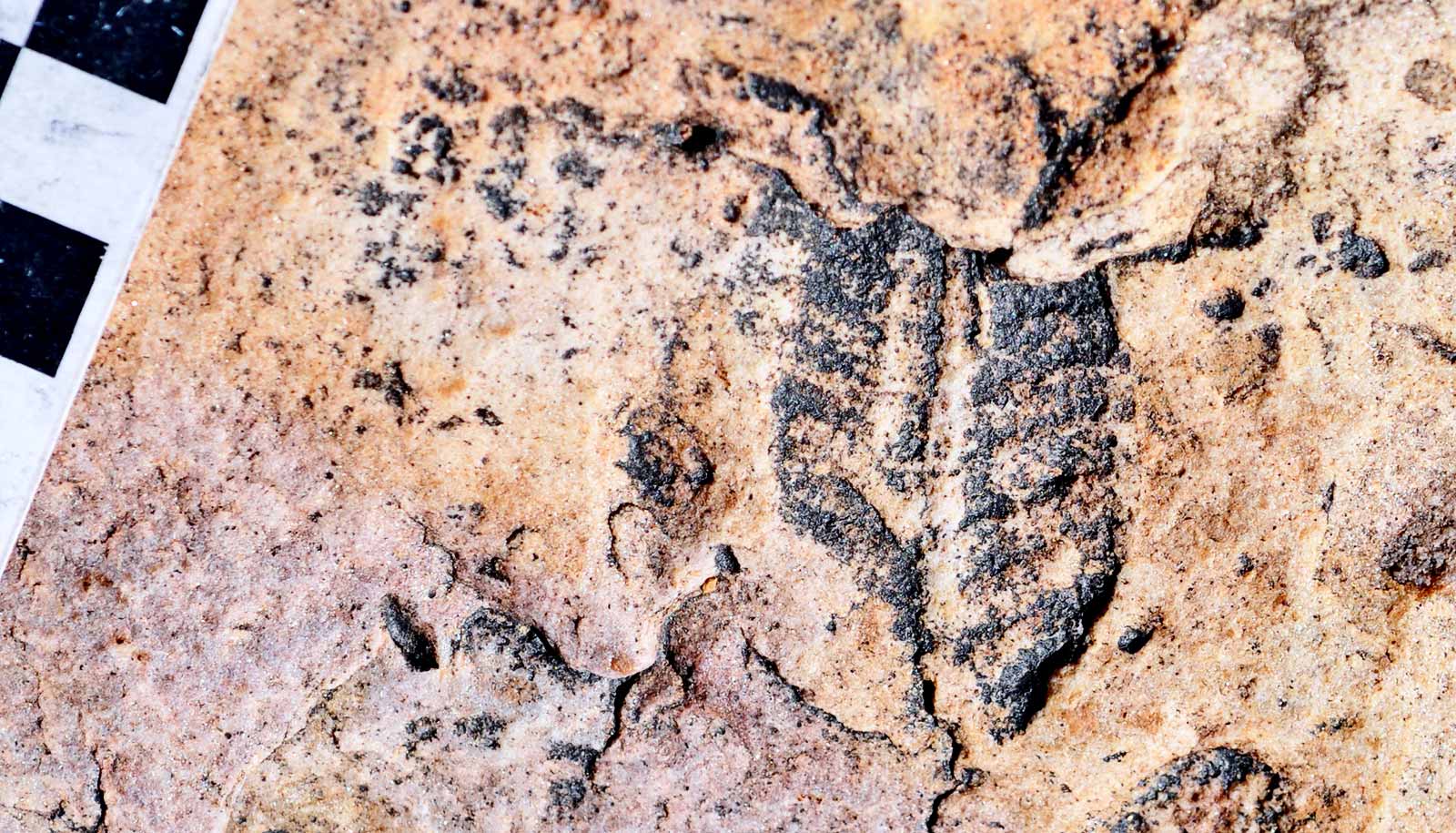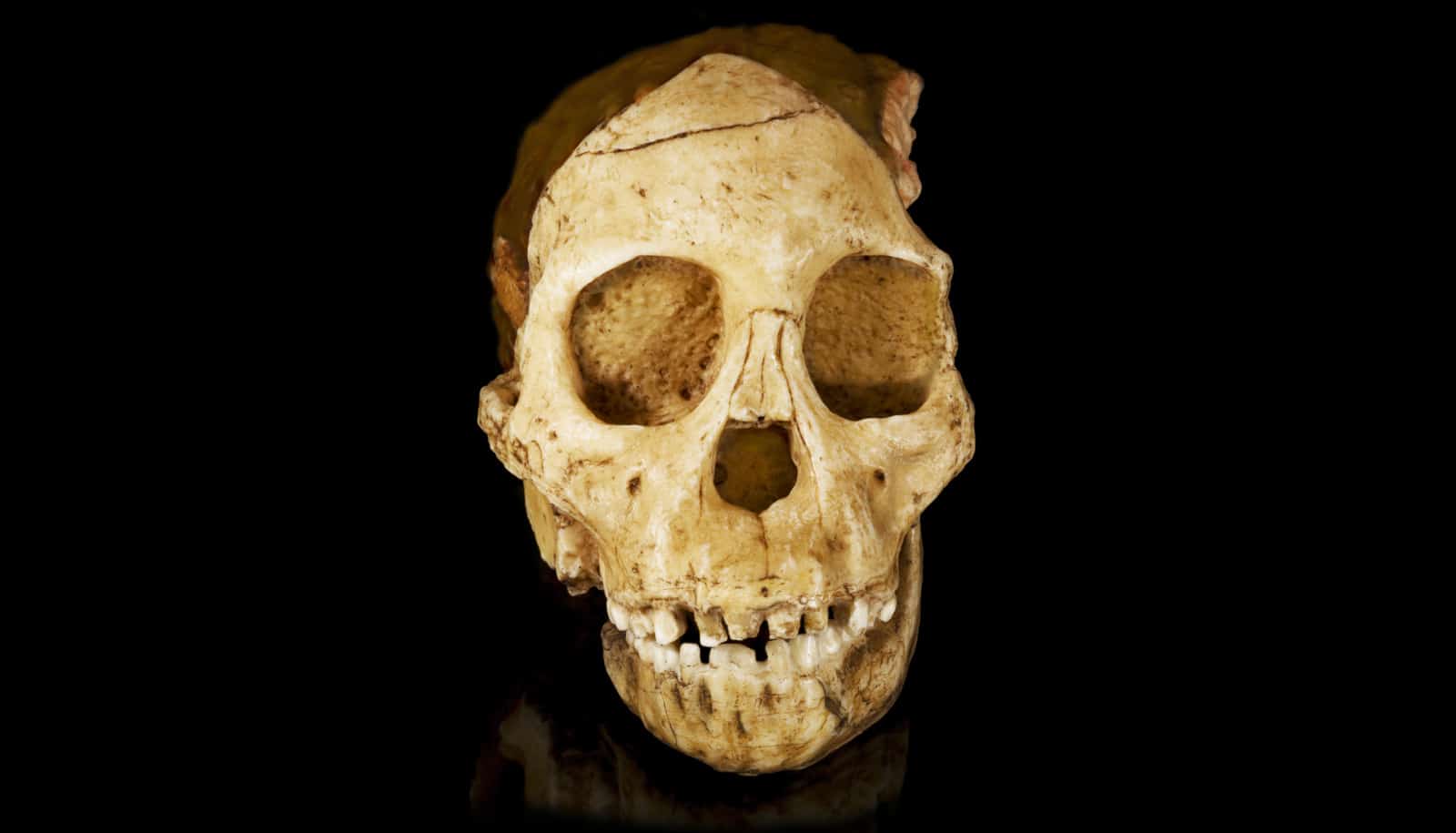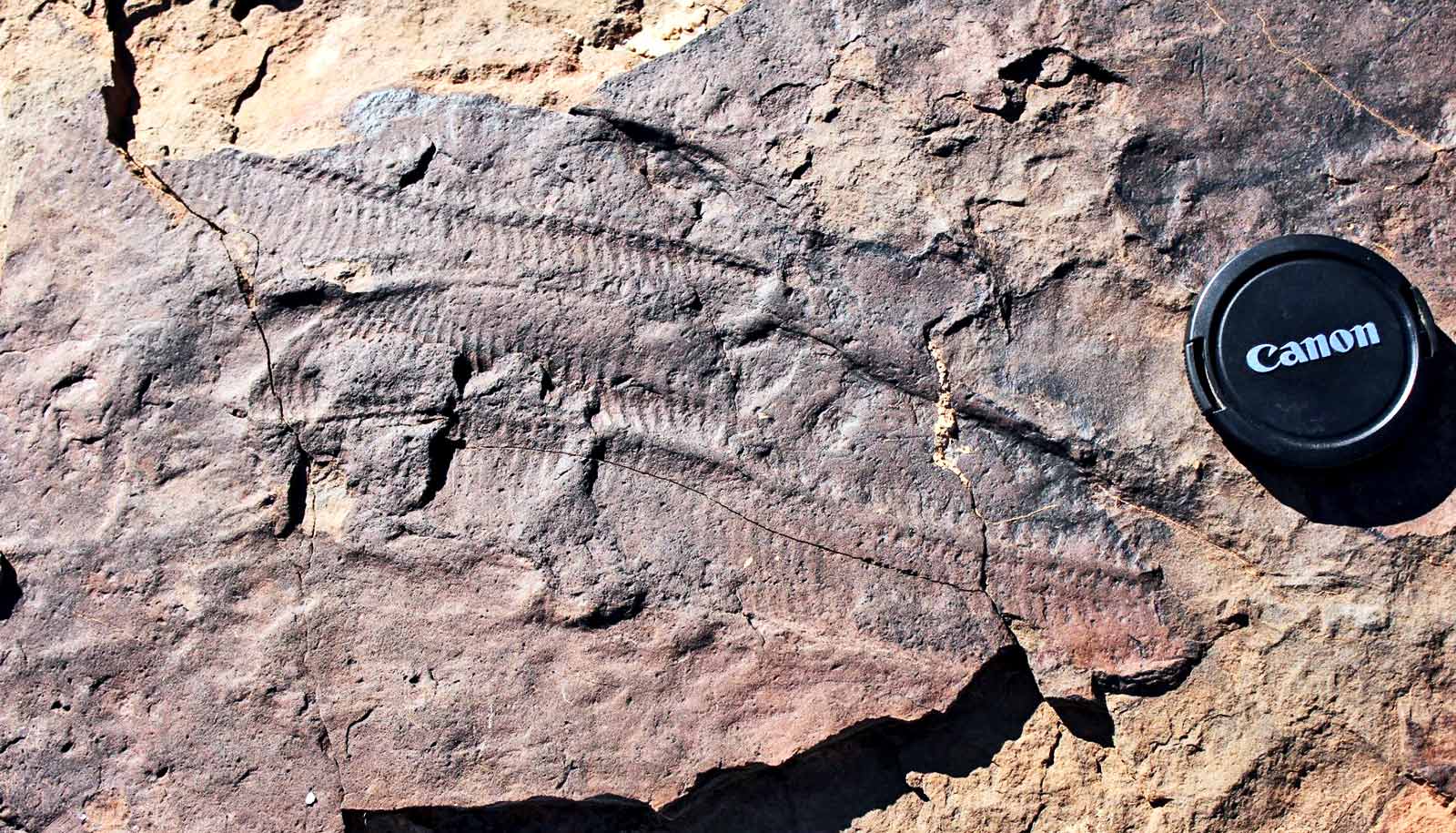Multicellular, land-dwelling organisms may have emerged much earlier than thought, new clues from fossils from the oldest soils on Earth suggest.
The evidence for this conclusion comes from fossil assemblages, previously considered to be ocean organisms, found in thin layers of silt and sand located between thicker sandstone beds in South Australia. The sediments date to between 542 million to 635 million years ago—during a geological period known as the Ediacaran.
“These Ediacaran organisms are one of the enduring mysteries of the fossil record,” says Greg Retallack, fossil collections director at the University of Oregon’s Museum of Natural and Cultural History. “Were they worms, sea jellies, sea pens, amoebae, algae? They are notoriously difficult to classify, but conventional wisdom has long held that they were marine organisms.”
Retallack’s new study suggests otherwise based on a geochemical and microscopic re-examination of both the age and environmental associations in the thin, silty-to-sandy layers.
Looking into the past
The sediments, known as interflag sandstone laminae, reveal telltale marks of ancient wind erosion—phenomena more closely associated with modern river banks than with oceans or seas. These thin, alternating layers, which are light in color and rich in fine grain sizes, look like sheets of white paper between books bound in brown and red, Retallack notes.
“Such wind-drifted layers are widespread on river levees and sandbars today. They are present throughout the Flinders Ranges of South Australia and also in Ediacaran rocks of southern Namibia,” he says.
The emergence of multicellular life on land dates to about 565 million years ago, although there is debate on whether Ediacaran fossils of that age originated from organisms in the sea or on land, Retallack says.
If the sediments themselves were deposited on dry land, it would follow that the organisms fossilized there were land dwellers, says Retallack, who also is a professor in the earth sciences department.
The organisms that left the fossils, he says, would have been from multicellular organisms visible with the naked eye. Such life would have preceded the emergence of green plant vegetation, which is believed to have started between 470 million and 583 million years ago.
Clues to a greater mystery
Last November, Retallack and Nora Noffke of Old Dominion University had reported on traces of life left in 3.7 billion-year-old soils in a metamorphic rock formation in southwestern Greenland. In the journal Palaeogeography, Palaeoclimatology, Palaeoecology, they identified isotopic ratios of carbon potentially indicative of early land-dwelling microbes.
While the Ediacaran organisms remain enigmatic when it comes to biological classification, Retallack’s new study offers some important clues.
“The investigation points to a terrestrial habitat for some of these organisms, and combined with growing evidence from studies of fossil soils and biological soil crust features, it suggests that they may have been land creatures such as lichens,” Retallack says.
For the paper, Retallack also re-examined well-known interflag sandstone laminae at four southern Indiana locations, which date to the Pennsylvanian period, and a central Colorado site from the Eocene epoch. These locations and examination of modern rivers showed the same sedimentary processes seen in Ediacaran rocks of South Australia and Africa.
The new research appears in Sedimentary Geology.
Source: University of Oregon



